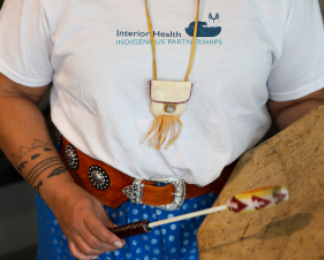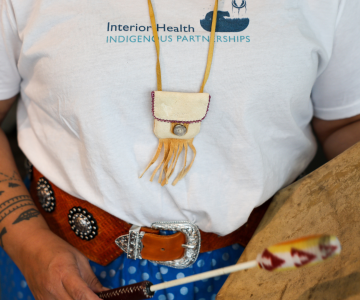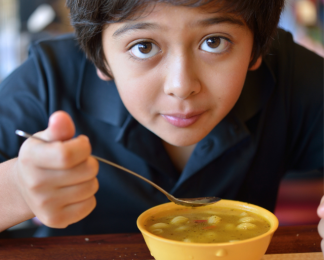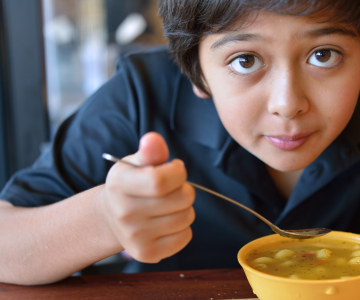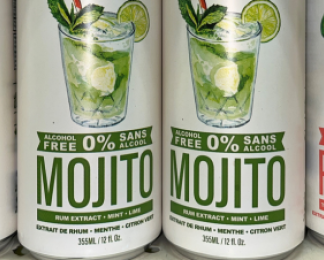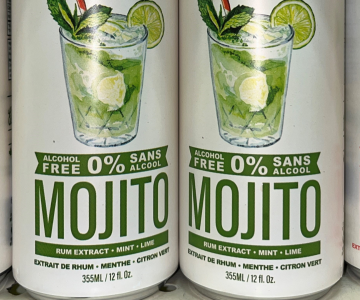Summer’s here and that means backyard barbecues, picnics, beach days and campfire cookouts.
But before you load up the cooler, there’s one thing to keep in mind: warmer temperatures can turn your feast into a fast-track to foodborne illness (food poisoning) if you’re not careful.
Bacteria grow and thrive in the heat, and food safety gets trickier when you’re cooking and eating outdoors. Common causes of foodborne illness include campylobacter, salmonella, E. coli, listeria and norovirus.



